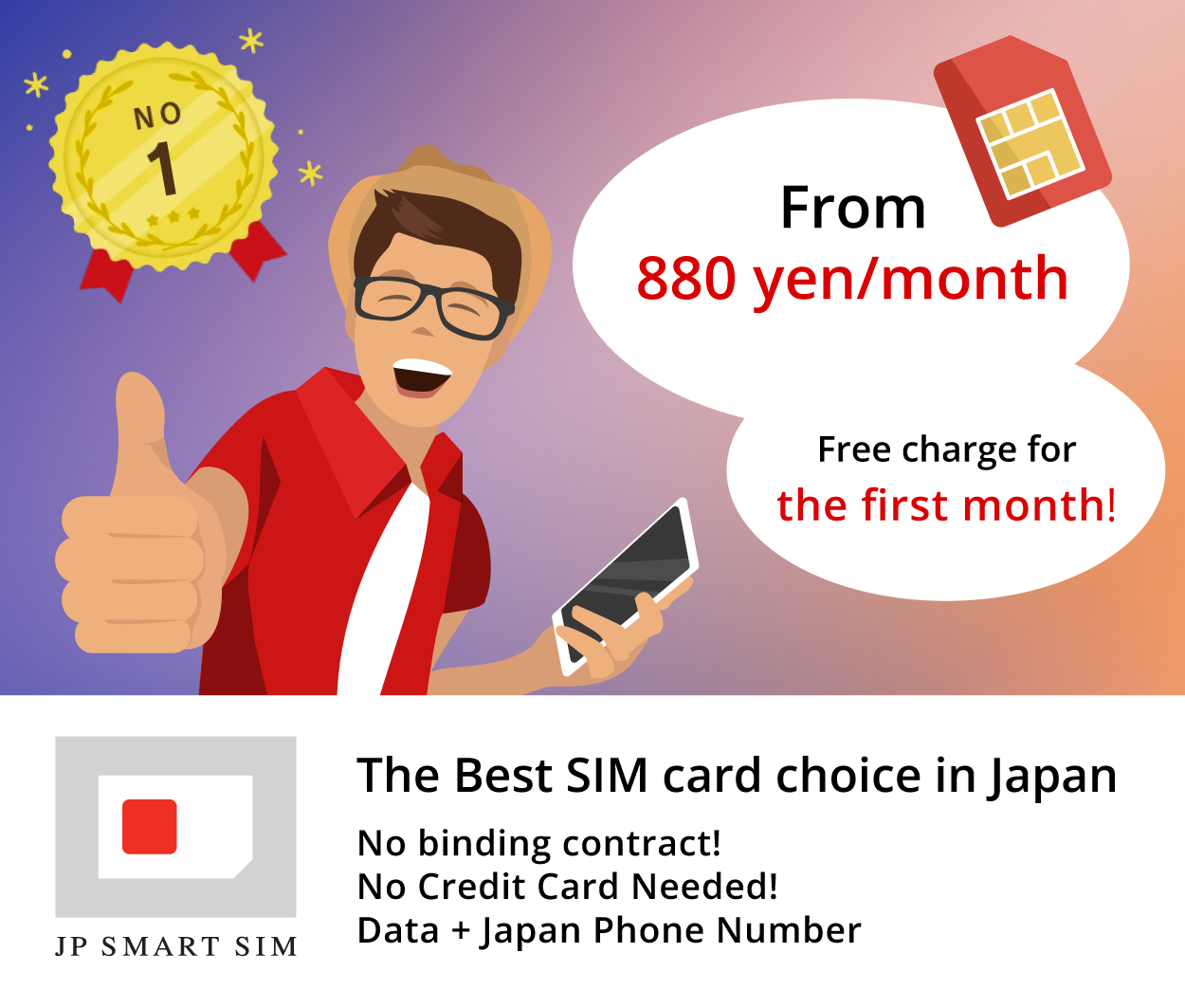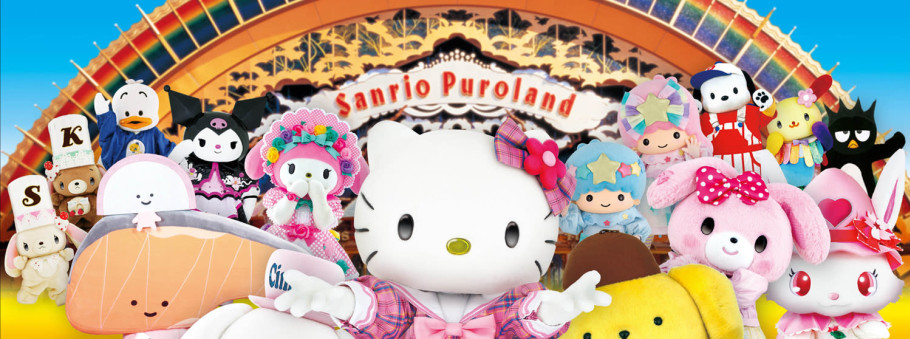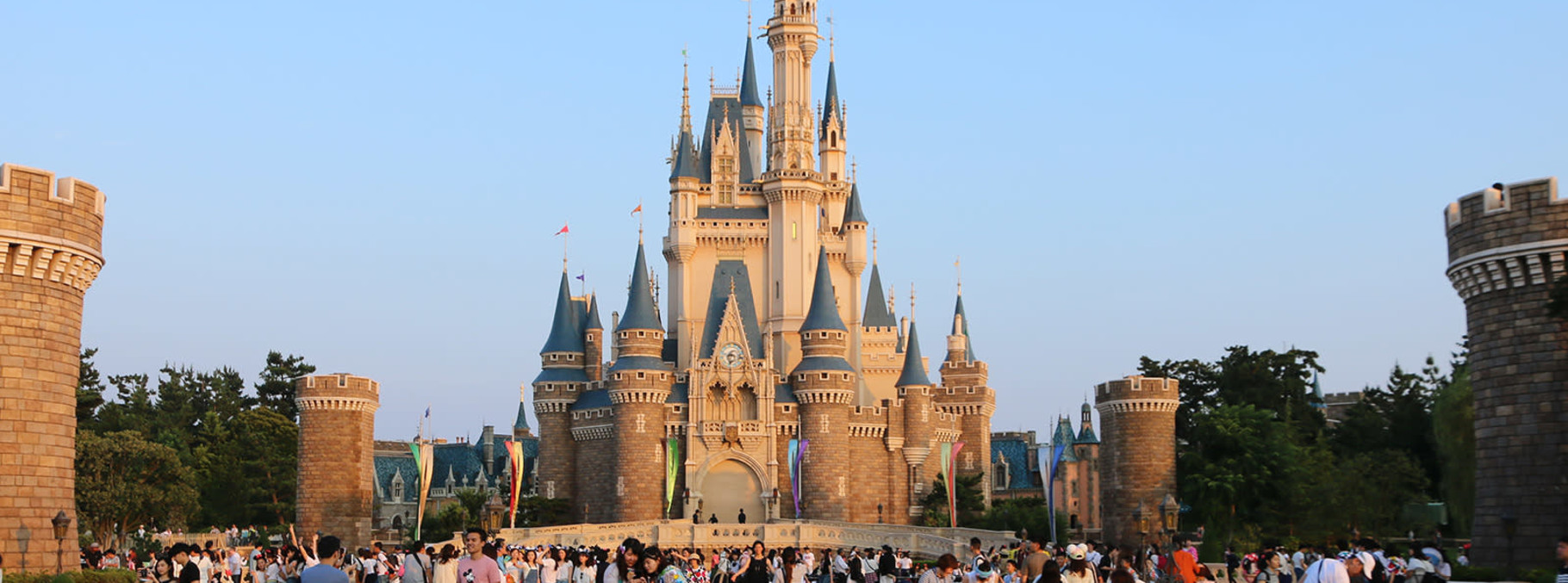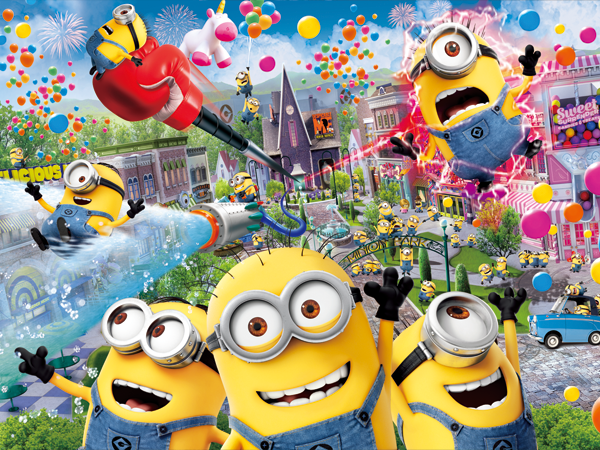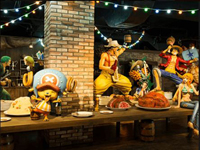Seison-kaku
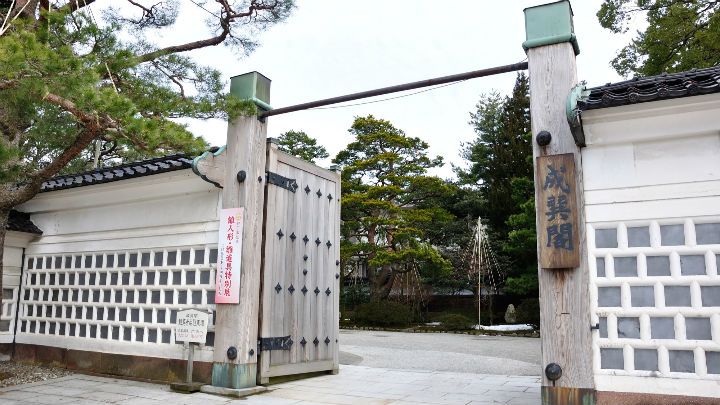
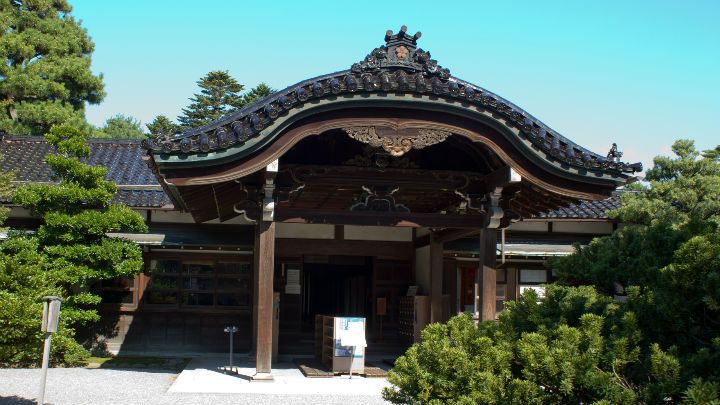
(Source: pixta)
”Ekken no Ma” with Colorful Ranma
”Ekken no ma” was designed as a guest chamber to have formal meetings. The carpet was made-to-order with a family crest on it and ranma (wooden panel with openwork) was made from a sheet of hinoki, Japanese cypress, with relief curved on both sides. The design of the ranma is of Japanese prum tree, camellia and a bird of paradise drawn by bright colors.
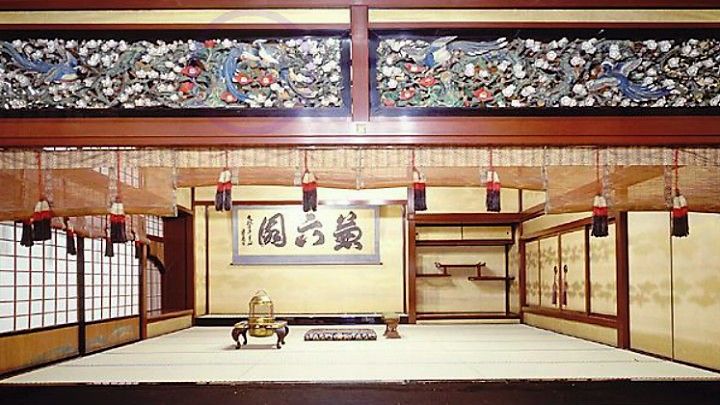
(Source: 成巽閣)
Breathtaking beauty of “Gunsei no Ma”
Bright ultramarine blue is used to paint “Gunsei no ma.” Both this room and “Shoken no ma” has ceilings painted with artificially prepared pigment which was quite expensive in those days. This color was only permitted to Maeda clan for use. It is said that the train design of the Hokuriku Shinkansen was inspired by this color.
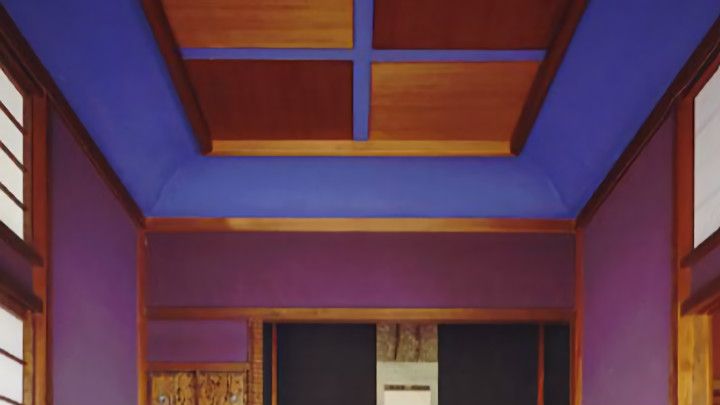
(Source: 成巽閣)
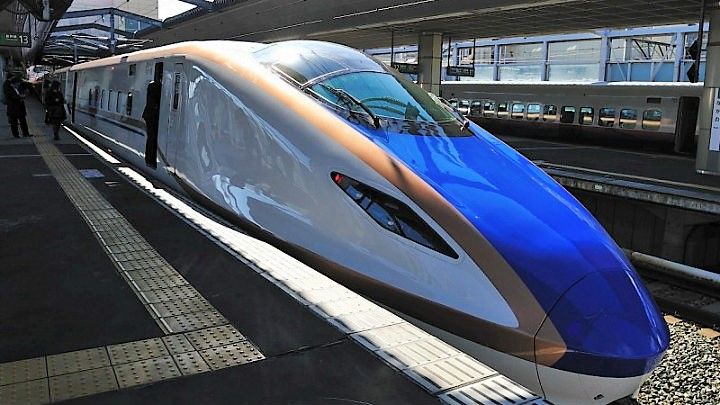
(Source: MisuKumaブログ)
”Cho no Ma” that Overlooks “Tsukushino Midori Teien”
“Cho no ma” on the first floor is a living room that overlooks the garden Tsukushino Midori Teien. The 20-meter veranda was specially designed without a single pillar because they obstruct the view. Furthermore, the garden was built to have no sound of water in order to enjoy the sound of birds singing.
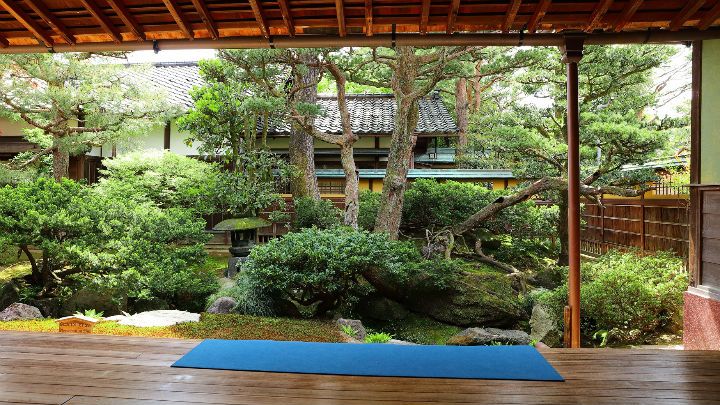
(Source: pixta)
Exhibition of Historical Materials
Collections of articles of the Maeda family, gorgeous kimono, dolls, and paintings are displayed in the exhibition room. Displayed items are changed seasonally so that you can see different ones every time you visit.
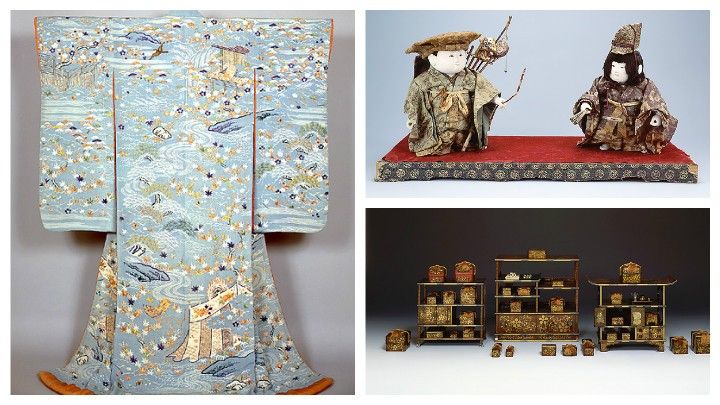
(Source: 成巽閣)

(Source: pixta)
”Ekken no Ma” with Colorful Ranma
”Ekken no ma” was designed as a guest chamber to have formal meetings. The carpet was made-to-order with a family crest on it and ranma (wooden panel with openwork) was made from a sheet of hinoki, Japanese cypress, with relief curved on both sides. The design of the ranma is of Japanese prum tree, camellia and a bird of paradise drawn by bright colors.

(Source: 成巽閣)
Breathtaking beauty of “Gunsei no Ma”
Bright ultramarine blue is used to paint “Gunsei no ma.” Both this room and “Shoken no ma” has ceilings painted with artificially prepared pigment which was quite expensive in those days. This color was only permitted to Maeda clan for use. It is said that the train design of the Hokuriku Shinkansen was inspired by this color.

(Source: 成巽閣)

(Source: MisuKumaブログ)
”Cho no Ma” that Overlooks “Tsukushino Midori Teien”
“Cho no ma” on the first floor is a living room that overlooks the garden Tsukushino Midori Teien. The 20-meter veranda was specially designed without a single pillar because they obstruct the view. Furthermore, the garden was built to have no sound of water in order to enjoy the sound of birds singing.

(Source: pixta)
Exhibition of Historical Materials
Collections of articles of the Maeda family, gorgeous kimono, dolls, and paintings are displayed in the exhibition room. Displayed items are changed seasonally so that you can see different ones every time you visit.

(Source: 成巽閣)
